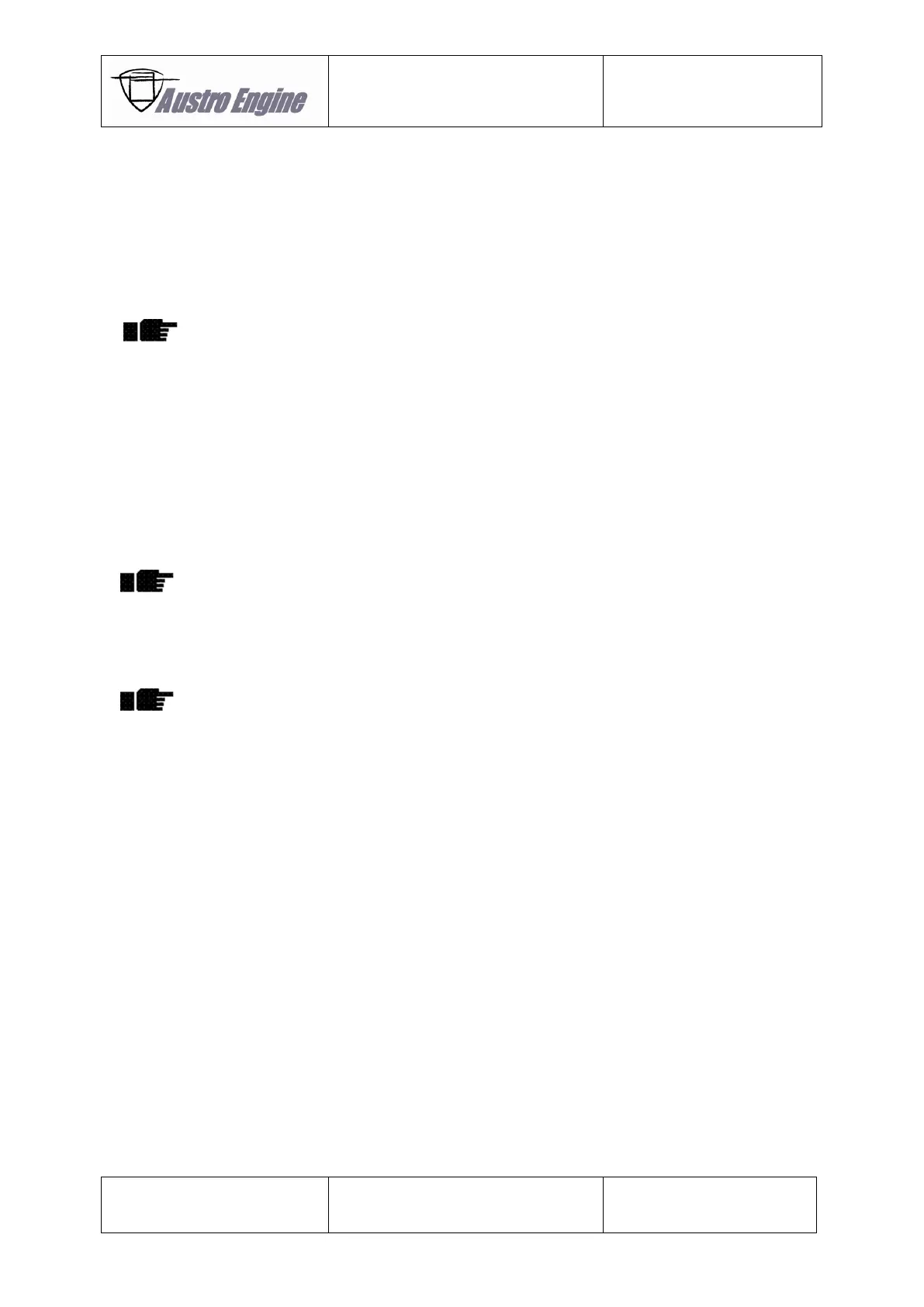51-00-20 Torque Standards
The importance of correct torque application cannot be overemphasized. Under torque can result in
unnecessary wear of nuts and bolts, as well as the parts they secure. Over torque can cause failure of
a bolt or nut from overstressing the threaded areas. Uneven or additional loads that are applied to the
assembly may result in wear or premature failure. The following are a few simple, but important
procedures, which should be followed to ensure that correct torque is applied.
Be sure that the torque applied is for the size of the bolt shank not the wrench size.
a. Calibrate the torque wrench at least once a year, or immediately after it has been abused or
dropped, to ensure continued accuracy.
b. Be sure the bolt and nut threads are clean and dry, unless otherwise specified by the manufacturer.
c. Run the nut down to near contact with the washer or bearing surface and check the friction drag
torque required to turn the nut. Whenever possible, apply the torque to the nut and not the bolt.
This will reduce rotation of the bolt in the hole and reduce wear.
d. Add the friction drag torque to the desired torque. This is referred to as “final torque,” which should
register on the indicator or setting for a snap-over type torque wrench.
e. Apply a smooth even pull when applying torque pressure. If chattering or a jerking motion occurs
during final torque, back off the nut and re-torque.
Many applications of bolts in aircraft/engines require stretch checks prior to reuse.
This requirement is due primarily to bolt stretching caused by over torque.
f. When installing a castle nut, start alignment with the cotter pin hole at the minimum recommended
torque plus friction drag torque.
Do not exceed the maximum torque plus the friction drag. If the hole and nut
castellation do not align, change washer or nut and try again.
Exceeding the maximum recommended torque is not recommended.
g. When torque is applied to bolt heads or cap screws, apply the recommended torque plus friction
drag torque.
h. If special adapters are used which will change the effective length of the torque wrench, the final
torque indication or wrench setting must be adjusted accordingly. Determine the torque wrench
indication or setting with adapter installed as shown in figure
